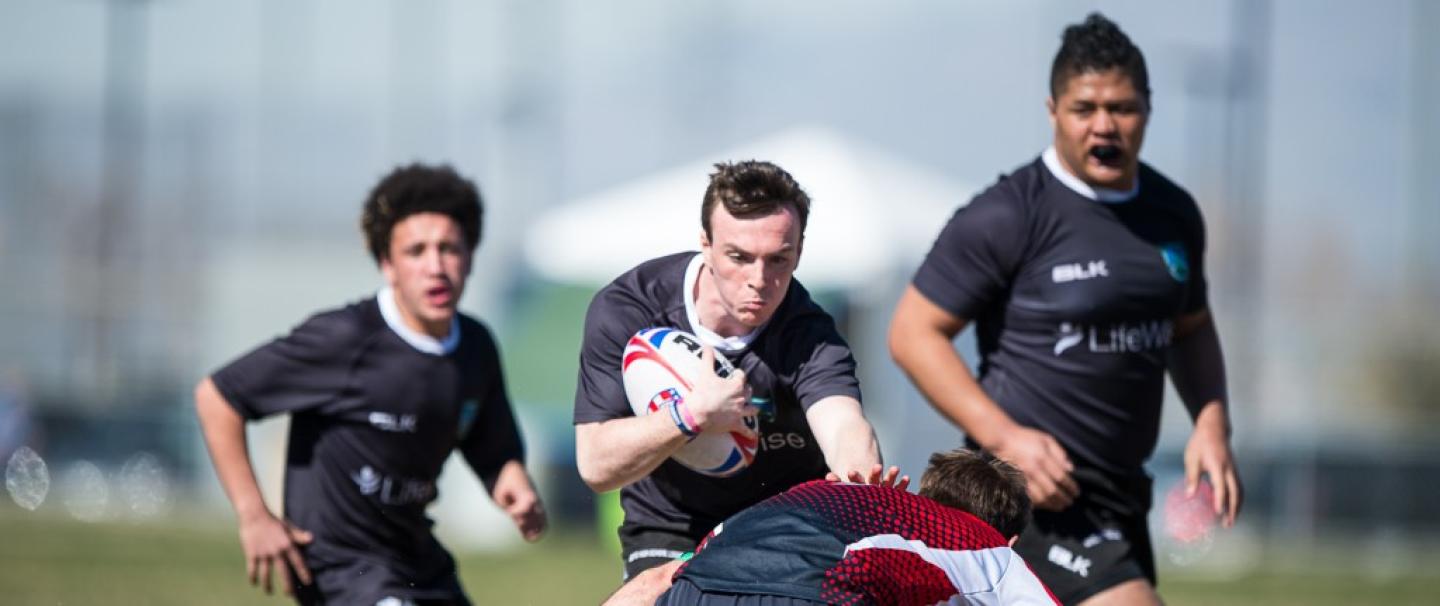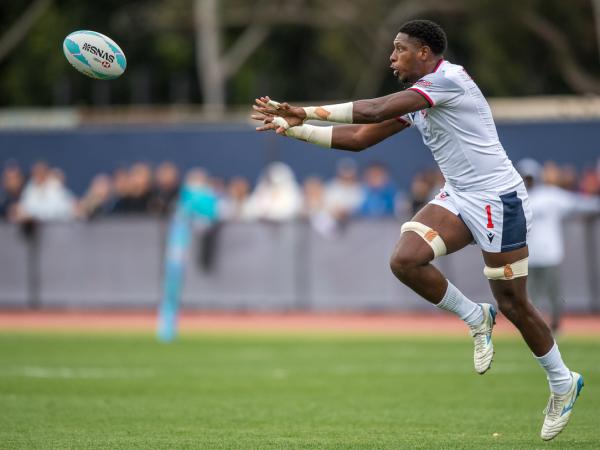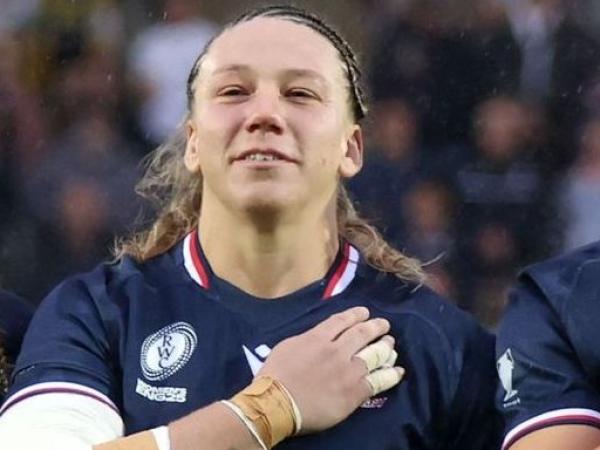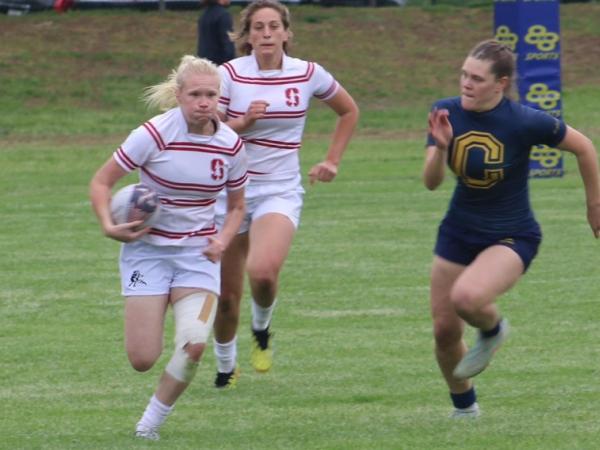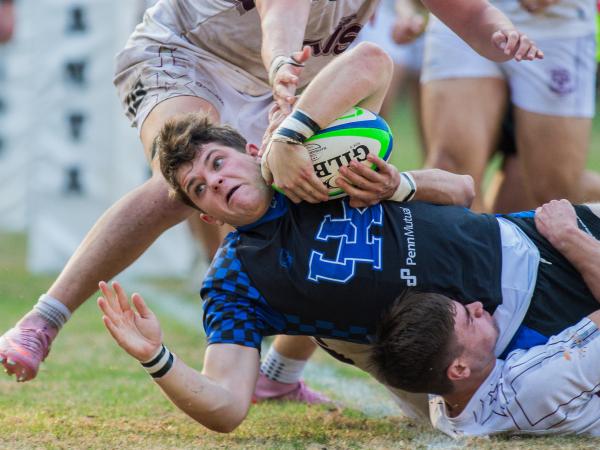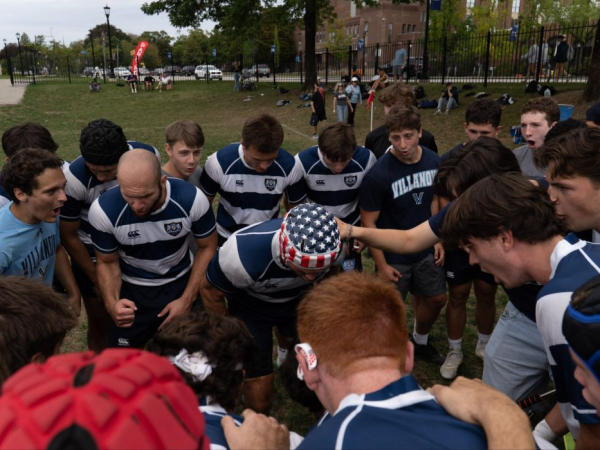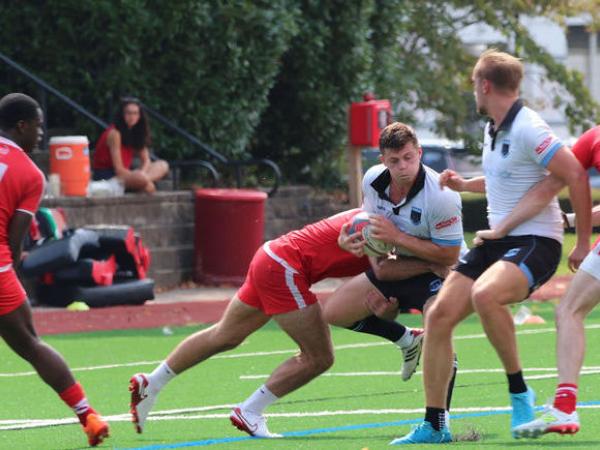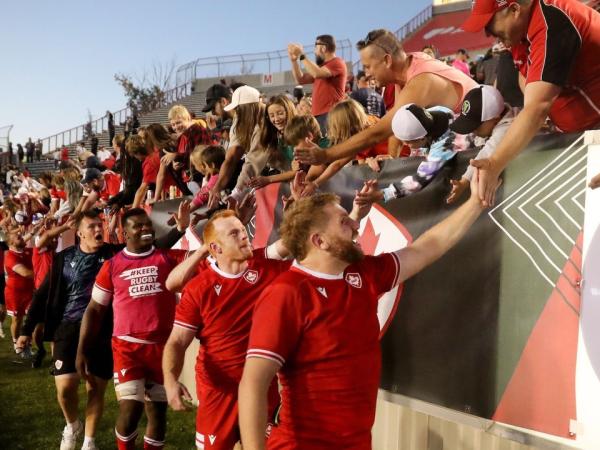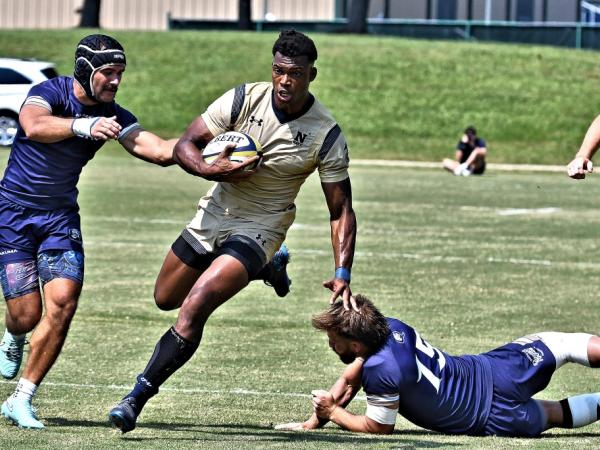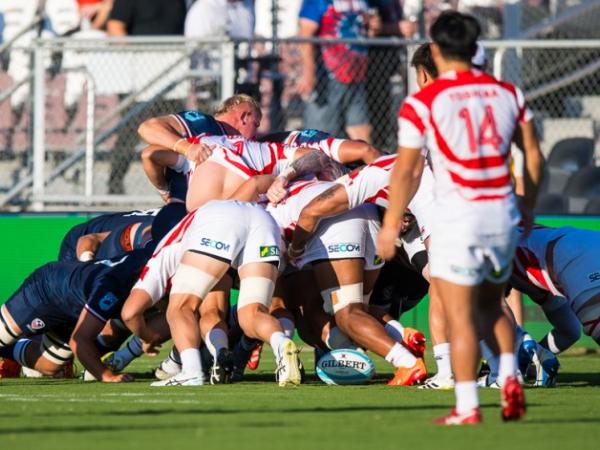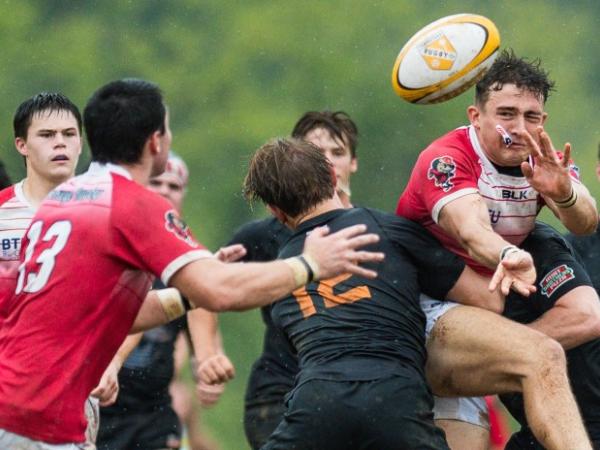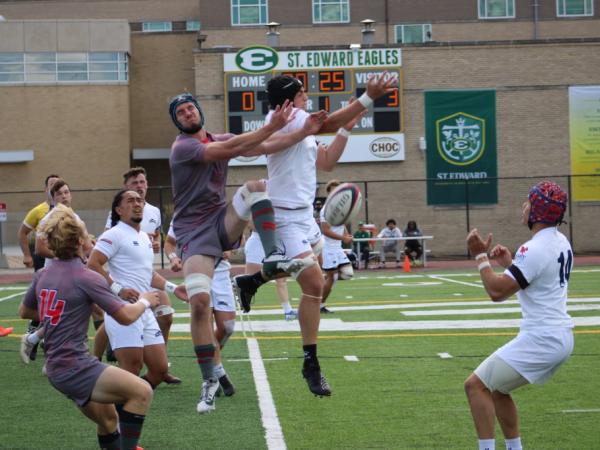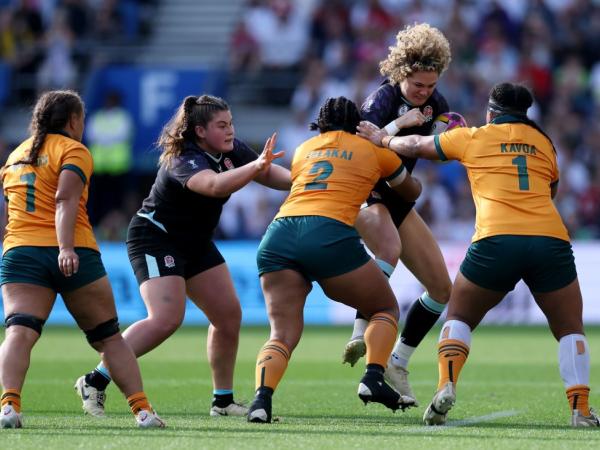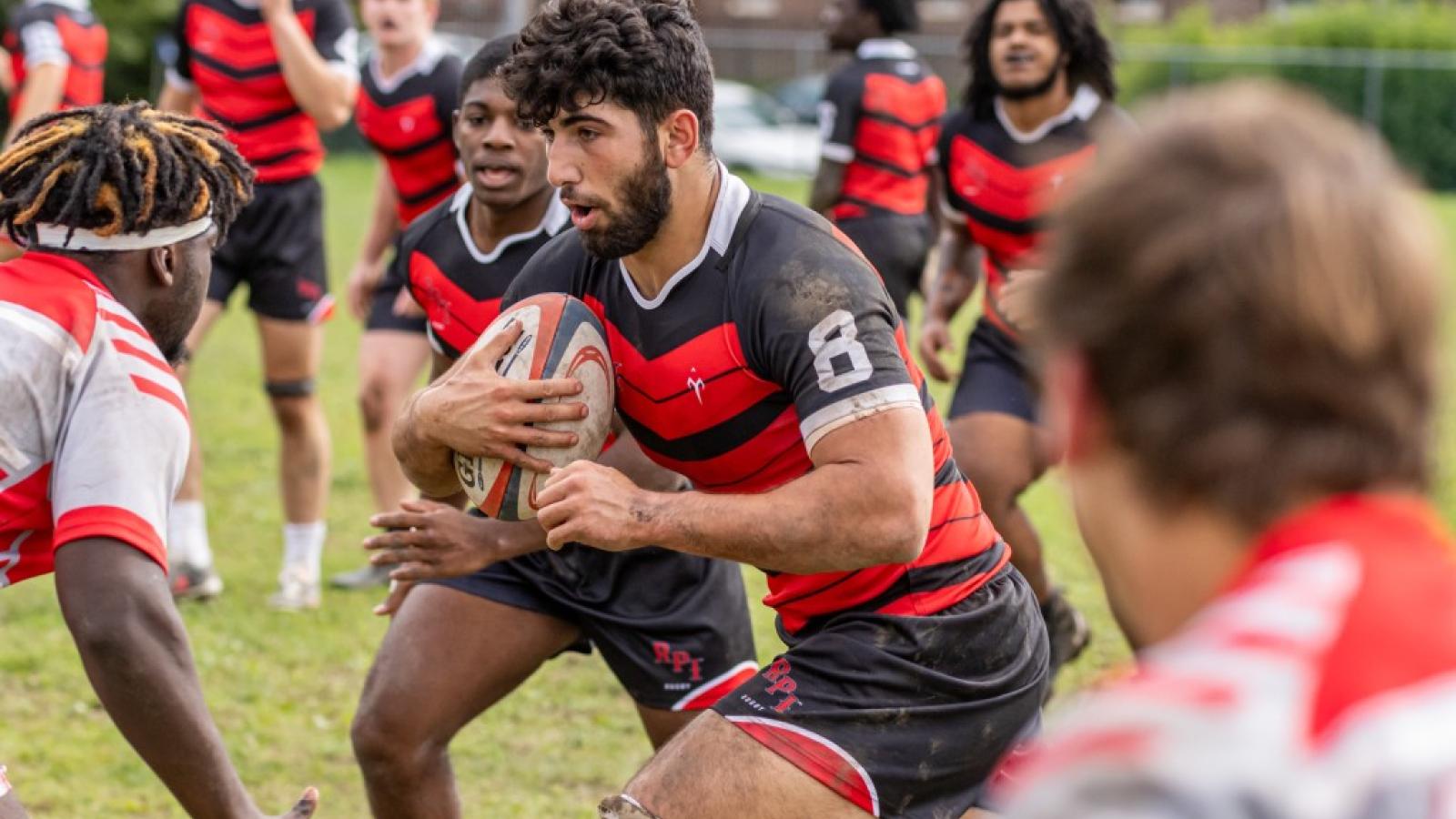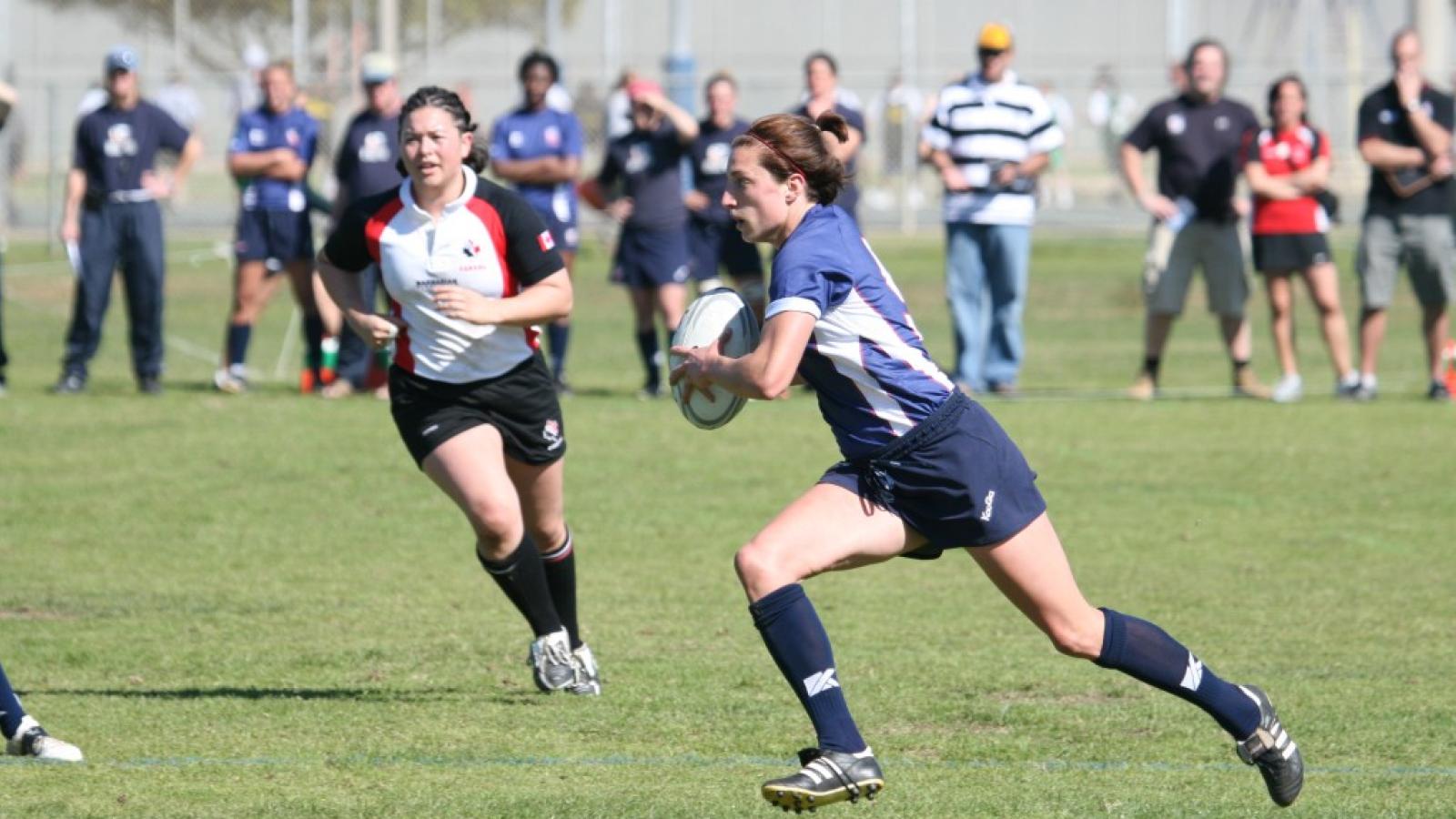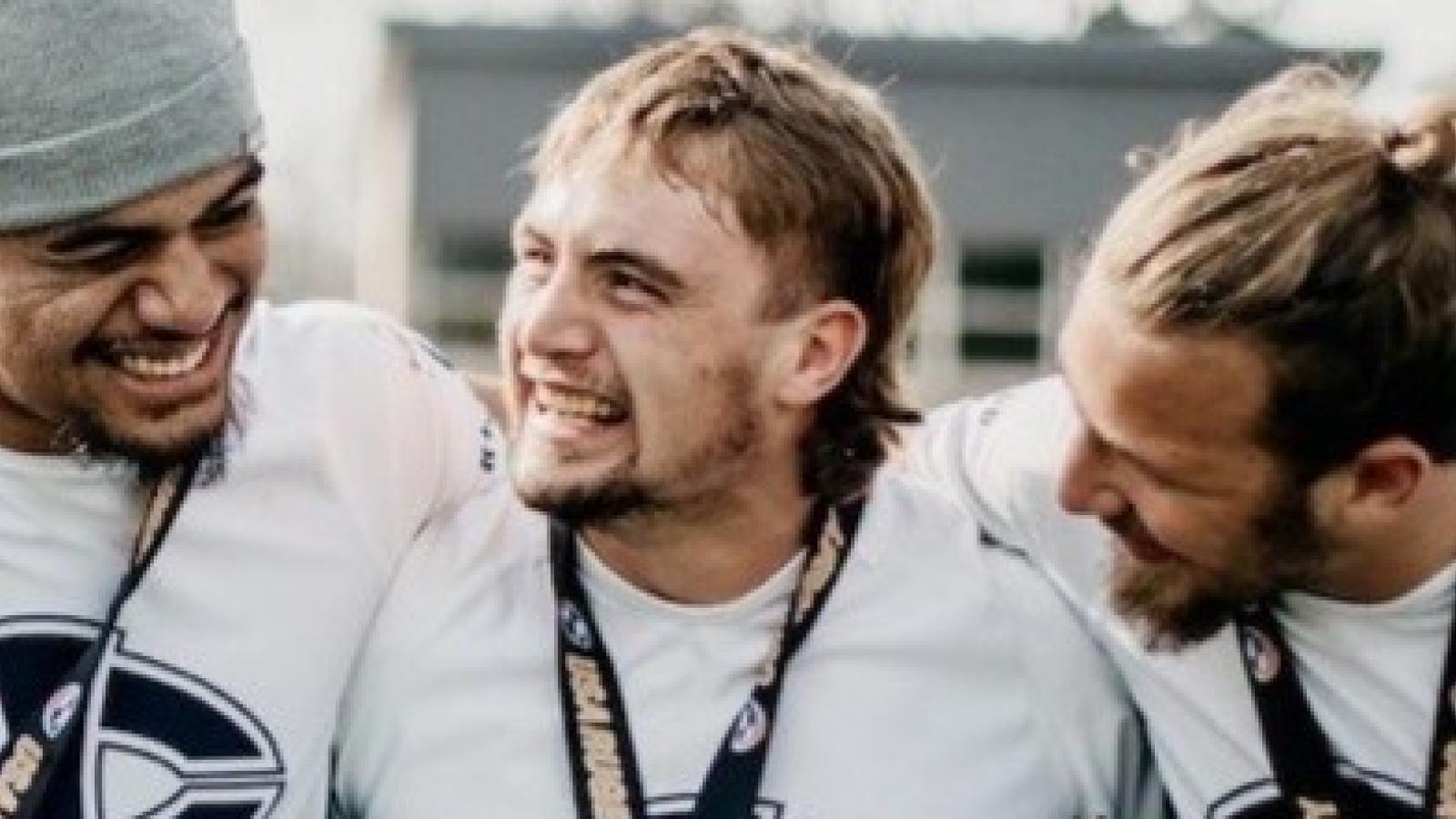USA Rugby’s regulations surrounding the Regional Cup all-star tournaments have elicited a little bit of pushback from some regions.
The regulations include a rule that Varsity all-star teams can only feature players in 11th and 12th grade. Junior Varsity teams can only feature players in 9th and 10th grade.
This, for the most part, hasn’t produce a lot of complaints on the boys side of the equation - although every year a coach will lament the fact that a very talented sophomore doesn’t get to play at the higher level. However, on the girls side there are more issues.
Some select teams simply don’t have enough high-level players to field a full side of just 11th- and 12th-graders, and at least two coaches have discussed the issue with Goff Rugby Report, saying that they are in danger of not being able to field a Varsity or a JV team because of the rule. They might have 14 11th- and 12th-graders, and 13 9th- and 10th-graders, making up a pretty handy squad of 27, but that team wouldn’t be allowed to play.
Some of the RCTs are reporting that Girls JV is relatively light. This is especially true in the Northeast, which currently has six girls varsity teams registered to play, but only two JV teams.
In a conversation with Goff Rugby Report, USA Rugby Director of Youth and HS, Kurt Weaver, said there is no wiggle room here. The rules, Weaver said, stand, and for good reason.
“Good young players will show themselves in the JV level,” said Weaver. “And it’s wrong to fast-track a player just because he or she is good, but young.”
Weaver said that all the scientific study and expertise around youth contact sports say it’s unsafe to push 9th- and 10th-graders to play with older players, and that doing so also takes a spot away from a good older player who might use a select side selection to dedicate herself to greater success.
Asked about USA Rugby’s own policies of fast-tracking young players (Hanco Germishuys and Ben Cima received waivers to play in the 2014 World Junior Trophy, and 17-year-old Lily Durbin just played for the senior women’s 7s team in France), Weaver said it wasn’t his job to select those national teams, but he felt that pushing younger players to play up wasn’t the right way to do it.
(USA HP Manager Alex Magleby disagreed with this approach, by the way, saying that what needs to be tracked, scientifically, is development level, not biological age. He cited Nate Ebner as an example of someone who played at HP levels at 17. One could also point to Titi Lamositele playing international prop at 19, an age where most props are considered too young to start on a college team. Magleby said there has to be a medical clearance for a young player to move up, but
Having said all that, Weaver acknowledged that the rule is flawed. It is flawed because a student’s grade level in high school doesn’t always correspond to his or her age. An average student is 6 1/2 years old than his or her grade, but there are players who graduate young, and there are players who start 1st grade a year later than the student’s peers.
“I know we could have a high school junior who is 13 or a 9th-grader who is 16,” said Weaver. “And we’ve got to be able to allow for that.”
Back to Durbin, she was the standout player for the Southern California select side in 2014, when she was a freshman. Under current rules, she would have had to play for the JV.
The issues surrounding these rules include the fact that one over-riding rule may not fit all, after all. Splitting Varsity and JV select sides along grade divisions is flawed - it should be age if it is anything - and the rules miss one of the key elements of the RCTs, which is to showcase players for the HS All Americans. And often, the best players on the Varsity teams in the RCTs are about to graduate, and won’t be eligible for the HSAA, or won’t be for long.
Is this a case of USA Rugby being at cross purposes? Weaver’s job is to ensure as many young players as possible play safe and enjoyable rugby. That’s not the same as directing a high performance tournament system, which is what the RCT is. And the current rules can, at times, end up reducing the number of participants, not expanding them.
On the other hand, USA Rugby insisting that Regional Cup Tournaments always include both boys and girls, and always include Varsity and JV brackets has been a very positive development. In the four RCTs for which we have team lists, there are 49 JV teams registered to play, which is about 1200 kids in 9th and 10th grade playing major select-side rugby.
But could those number be bigger, and better if the system for Varsity and JV took into account a player’s size, biological age, and level of development, rather than just what grade he or she is in?






